Need-to-know info about how binoculars work
Learn about the focusing system, magnification and field of view for your binoculars for the best viewing experience. First let’s explore the key mechanisms that constitute the basics of binoculars. Begin with the center focus knob. Most binoculars have a center focus system that move both eyepieces together. We humans have some variation in sight between the right and left eye. To compensate for this the right eyepiece is adjustable. Get the binoculars focused by closing your right eye and turning the center focus knob until your left eye sees a sharp image.
Then close your left eye and adjust the focus of the right side eyepiece by turning the fine adjustment on the eyepiece. Next, use the center focus knob moving both eye pieces together so you see a sharp image in both eyes after adjustment.

Search online for binoculars and you will discover a vast array of styles, designs, technology and of course, price to choose from. The biggest change is in the lower end of the market because you can buy functioning binoculars with surprisingly good image quality for under $50. You can find compact binoculars for your kids for less than $30. Here are some basic terms to know in order to grasp the basics of binoculars.
Magnification
Every pair of binoculars is identified by two numbers identifying the power of binoculars. The first number is its magnification power and the second number is the diameter of the objective lens. Binoculars that are 10×50 means that it has 10 times magnification power and the 50 indicates the objective lense diameter is 50 mm.
The main thing to know about the magnifying power of binoculars is that more is not always the best choice. High magnification over 10x not only magnifies the object but it also magnifies any binocular movement. This movement in binos with magnification less than 7x is much less noticeable. Most people can hold lightweight 7×50 binoculars steady and see a sharp image. Generally, binoculars in this power range will fit your needs: 3x to 5x for the theater, 7x for sporting events, 8x to 10x for birdwatching, and 10x to 30x on a tripod for stargazing.
Light gathering ability
The diameter of the objective lens determines the light gathering ability of the binoculars. The larger the objective lens diameter, the brighter the image and the more you can see in dim light. An objective lens in the 40 to 50 mm range is good for everyday use. Binoculars with large objective lenses up to 100mm, are heavy and basically used mounted on tripods for higher magnification stargazing. But don’t get carried away unless you plan to use a tripod or other steading device. A pair of 20×70 binoculars will make the sky come alive, and are great for low light, but can’t be handheld for any length of time.
Field of view
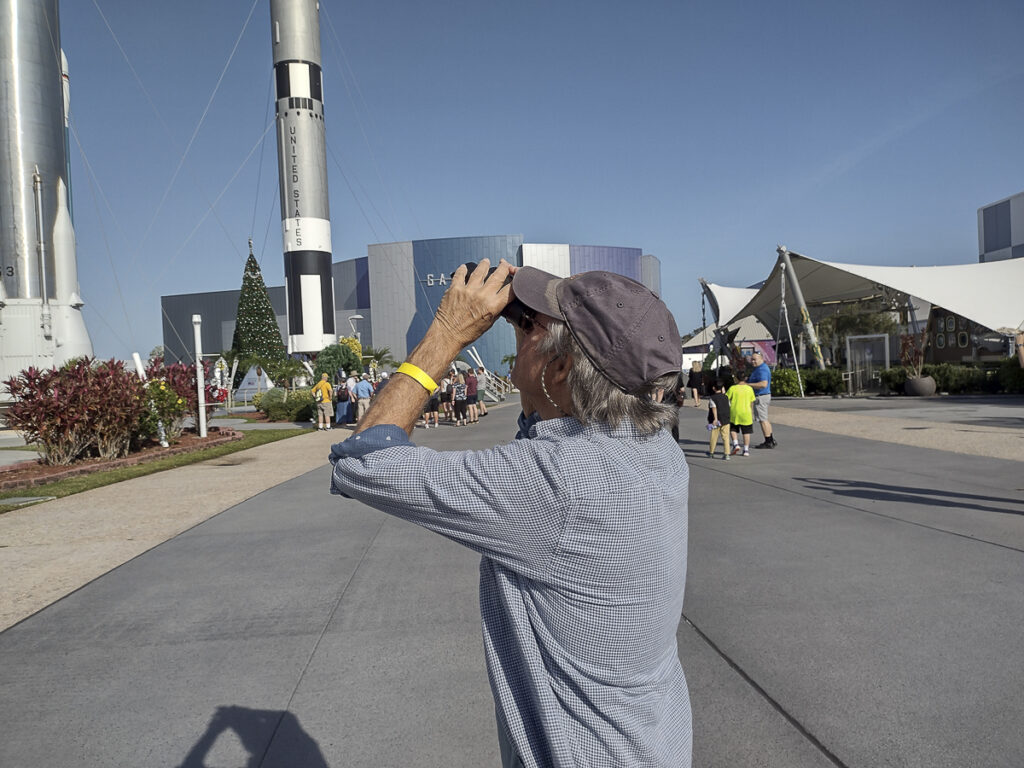
Another issue with high magnification is as the power goes up the field of view goes down. Binoculars under 10x have a wider field of view than binoculars with higher power like 15x or 20x which have a narrower field of view that can make it difficult to find small objects like a bird in a bush.
Binocular manufacturers express how much scenery you can see when looking through your binoculars as the angle of view or the field of view. Angle of view is measured in degrees; field of view is measured in feet. These are usually expressed as what you can see at 100 ft (96 meters) or 1000 ft (914 meters). The larger the angle of view or the field of view, the more you will be able to see at a distance.
Prism design
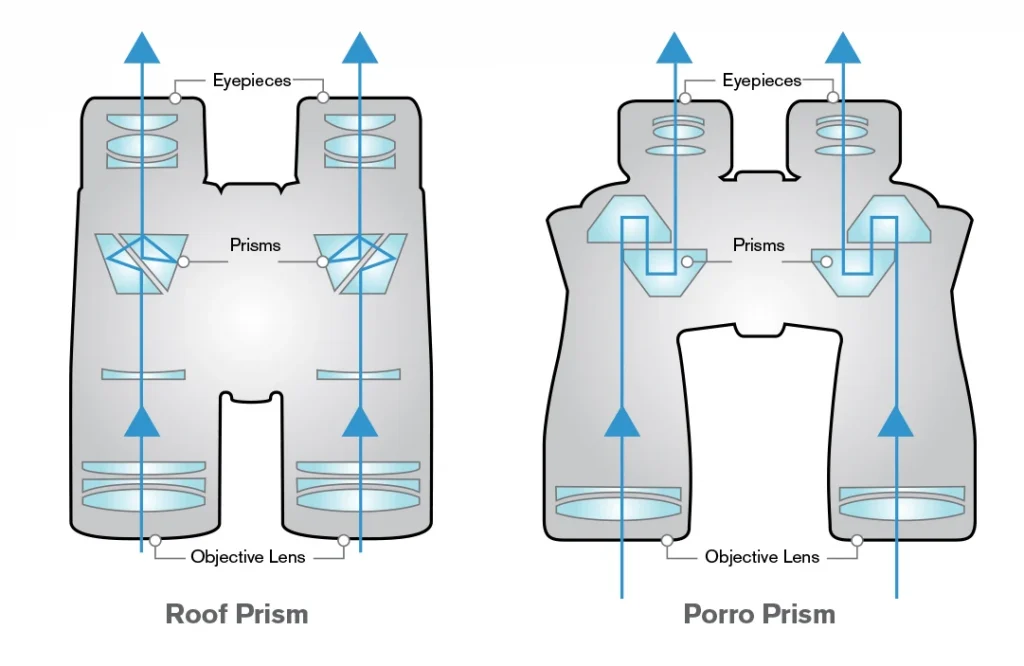
The simple early telescopes produced an inverted image. To correct this problem Ignazio Porro invented a prism that bounced the incoming light around inside the glass prism producing an upright image. This prism type is called a porro prism binocular.
Another prism design folds the light and inverts the image in a more compact inline prism design allowing the binoculars to be made with a single barrel for a more streamlined design. This type of binocular is called a roof prism binocular.
Prisms made from different types of glass are rated BaK-4, SK-15, or BaK-7. BaK-4 glass is considered the highest quality, followed by SK-15 and BaK-7 glass prisms. The quality of the prism translates into light transmission with less loss as a result of internal reflection. Unless you purchase high quality binoculars you will be choosing between SK-15, or BaK-7 prisms and either will get the job done.
Lens material
The major factor in reducing the cost of binoculars is the plastic lens. Kids binoculars and most inexpensive binoculars have plastic lenses. These perform surprisingly well, but compared to binoculars with fully multi-coated glass lenses you will see an image that has noticeably better optical quality that is sharper with more contrast. Since the lens material is a factor in the cost of binoculars it’s a case of you get what you pay for.
Weight
Plastic components lighten the weight of binoculars and this can be a feature you may want to consider. Lugging a heavy pair around all day and holding them steady while viewing can be tiring.
Focusing system
The distance between your eye and the exit pupil is called eye relief. Binoculars with generous eye relief work best for people who wear eyeglasses.
Pricing
With the advent of inexpensive plastic binoculars the cost can range from $50 to several thousands. There is a tremendous variation in image quality and how they are built, but at either end of the price range you can find a pair that will work well for you.
Here is a quick cost break down:
- Kids: $20 to $30
- Inexpensive: $50 to $70
- Mid-range: $80 to $150
- Expensive: $300 to $500+
Gene and Katie Hamilton are long-time writers about using binoculars for boating, bird watching, stargazing and traveling. They are members of the Outdoor Writers Association of America.
Post Views: 7,894
|

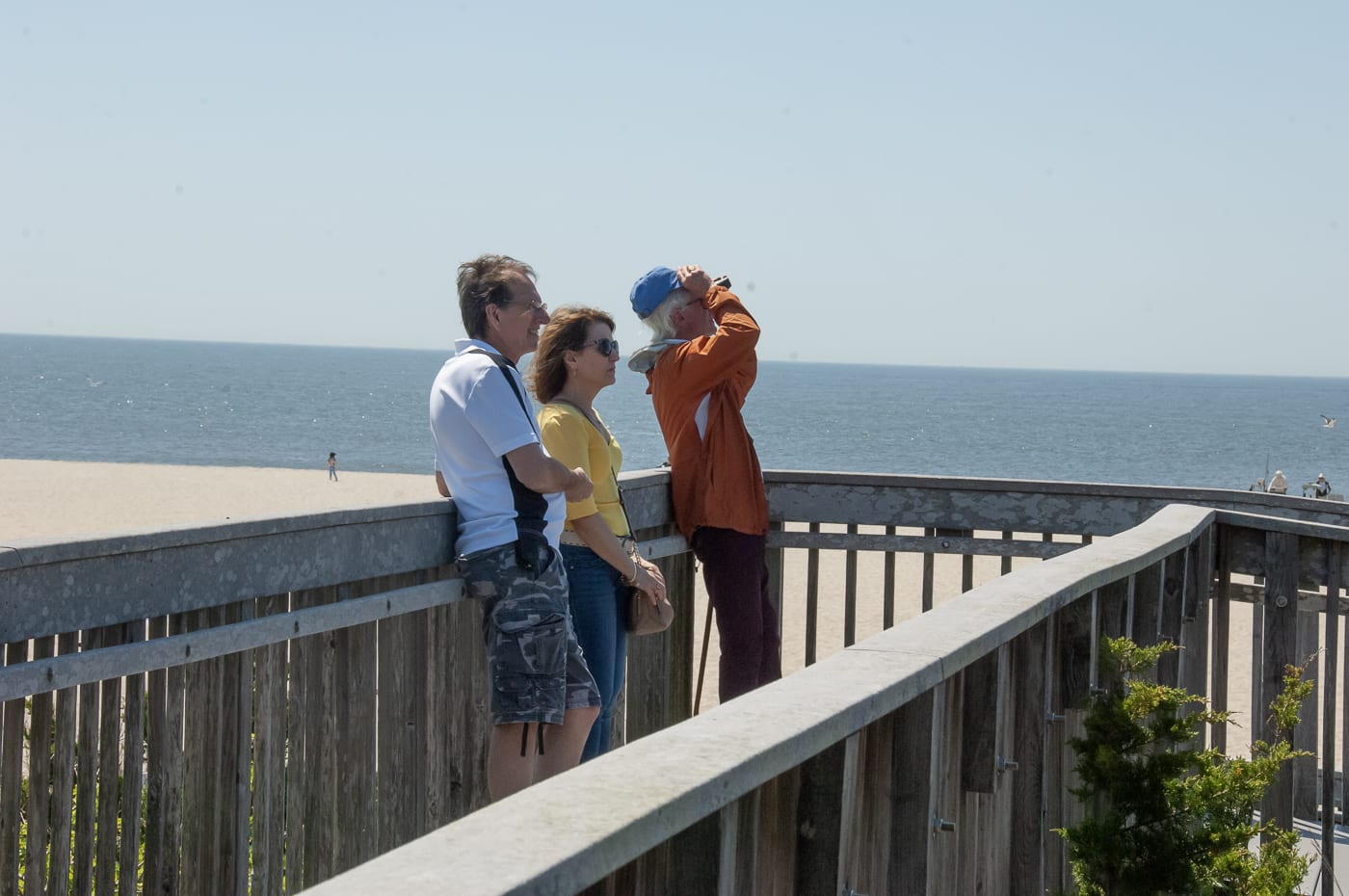


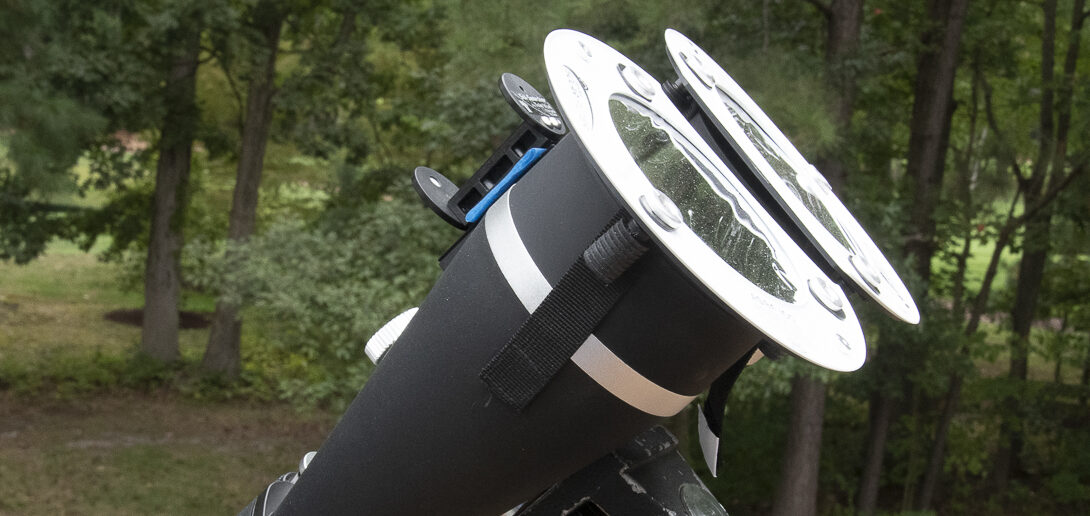
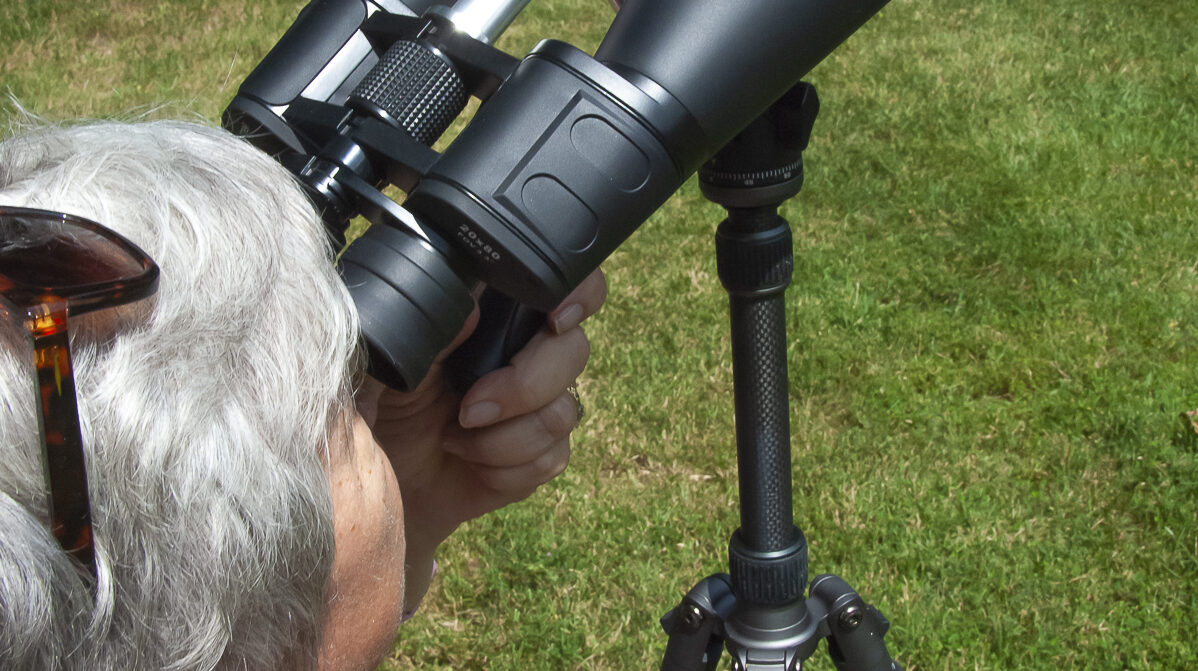
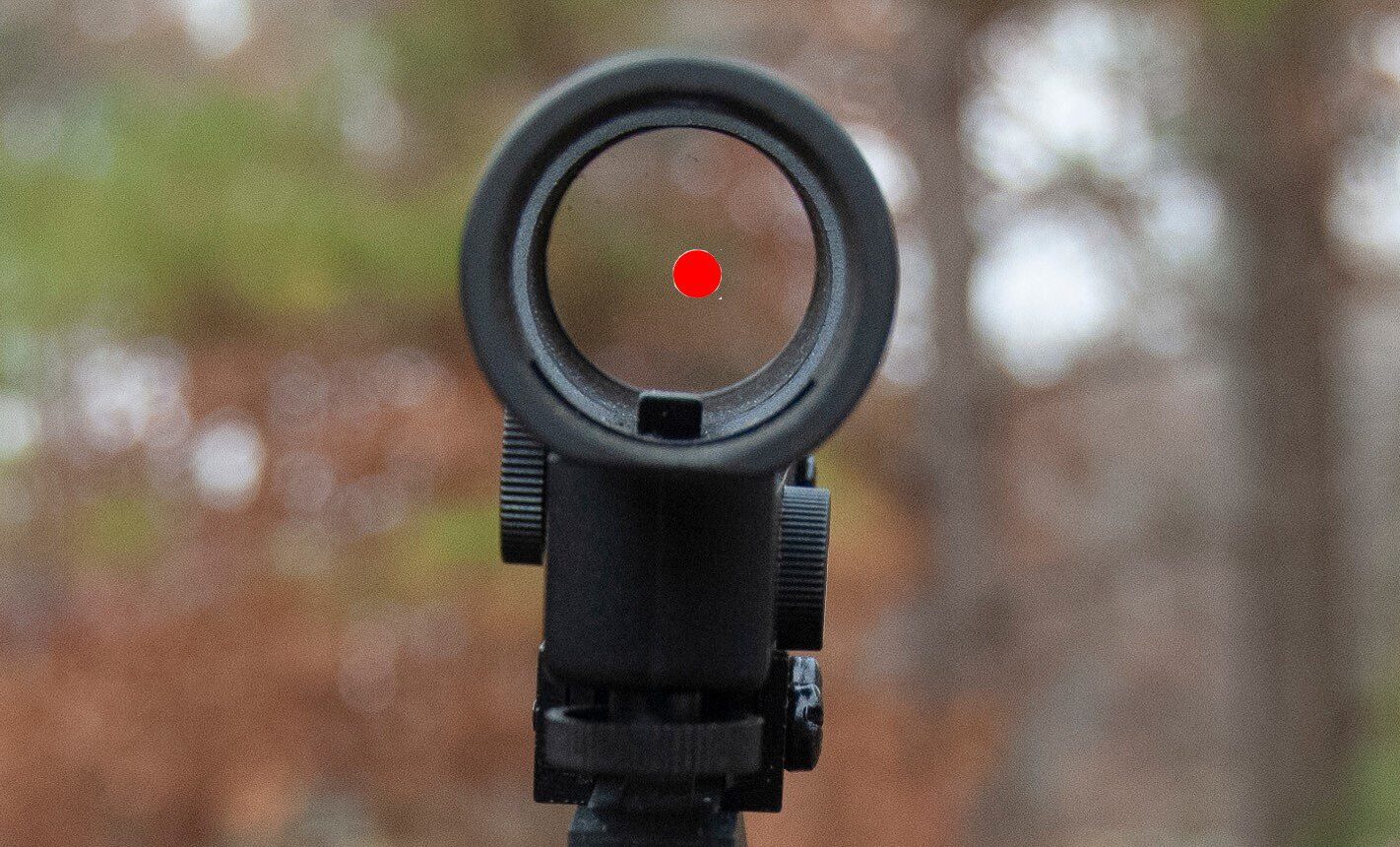
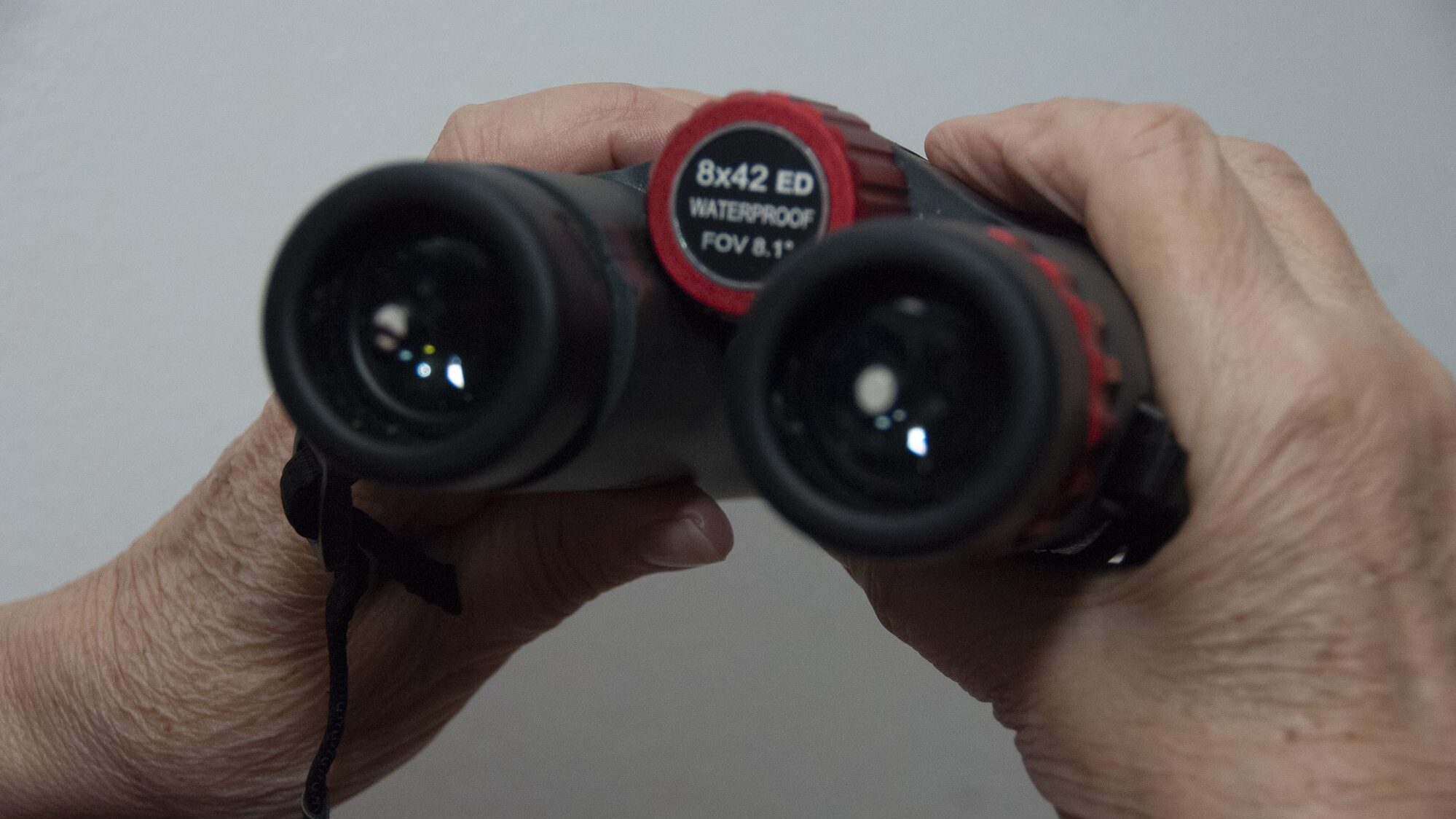
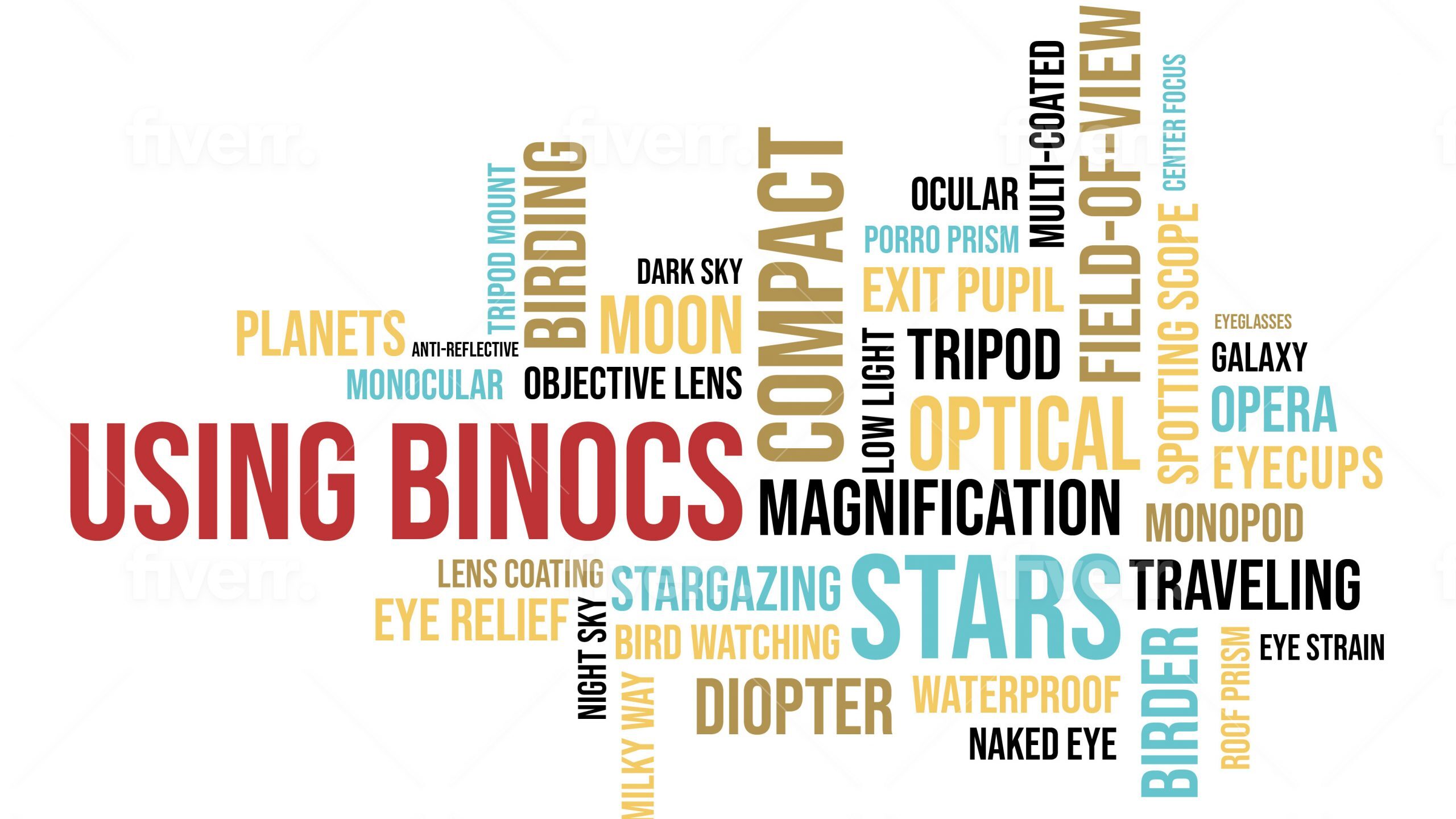
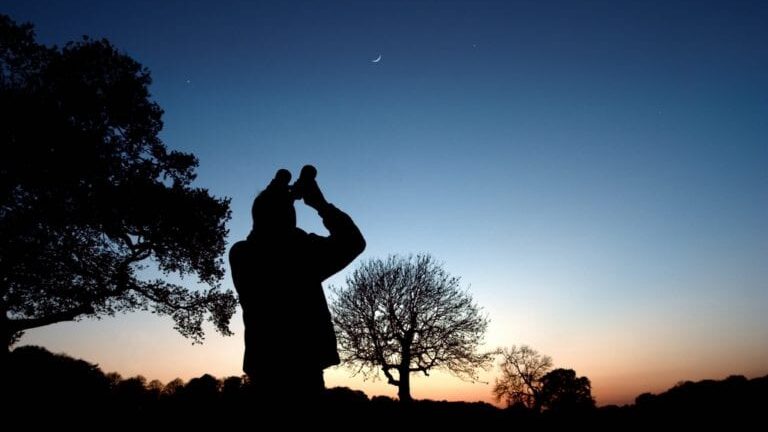
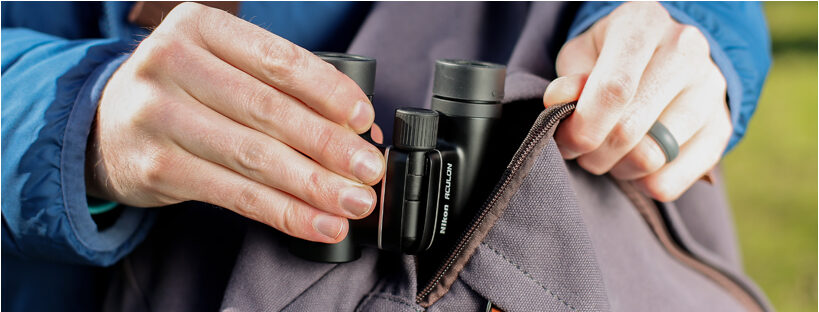
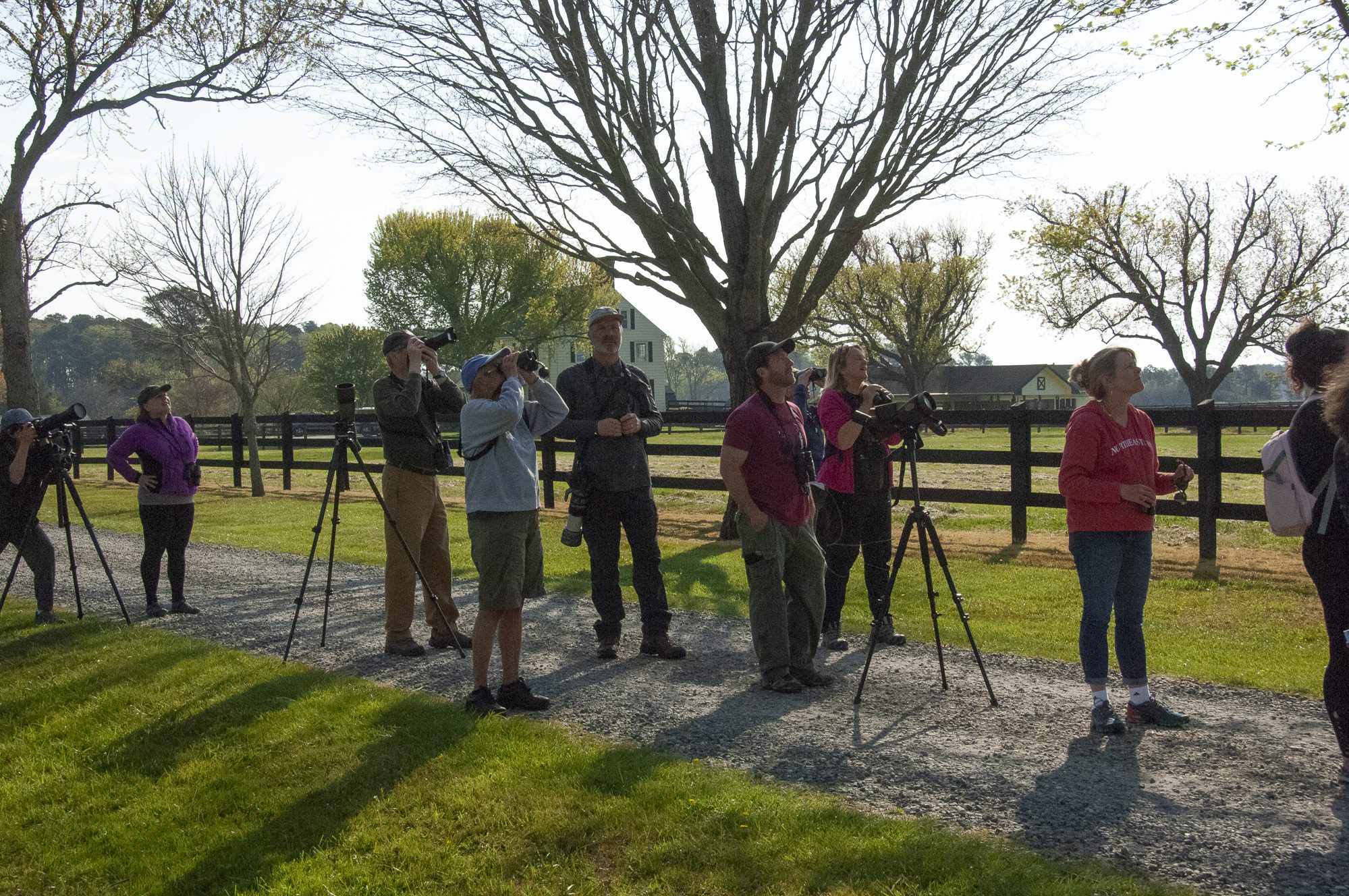
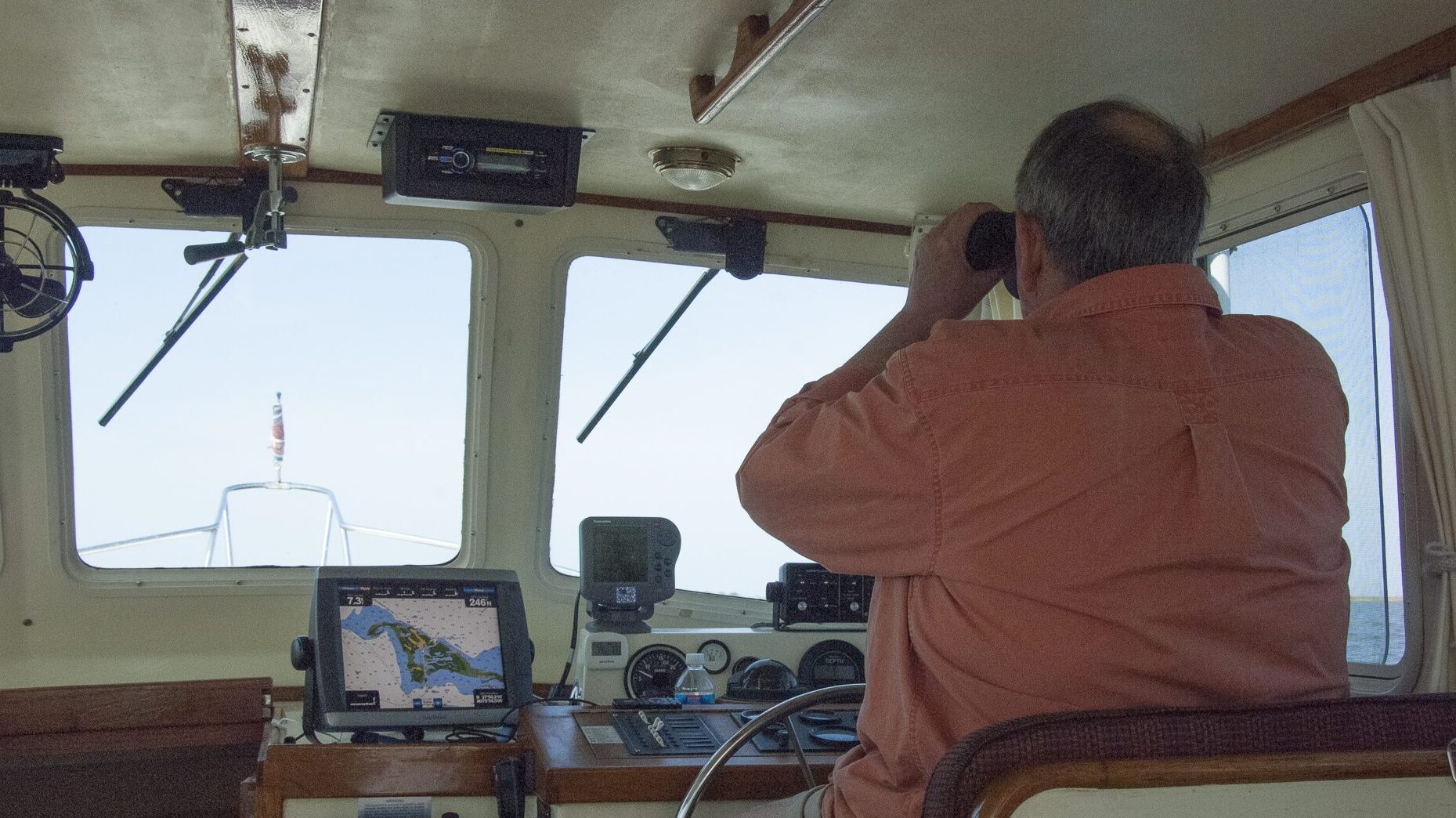
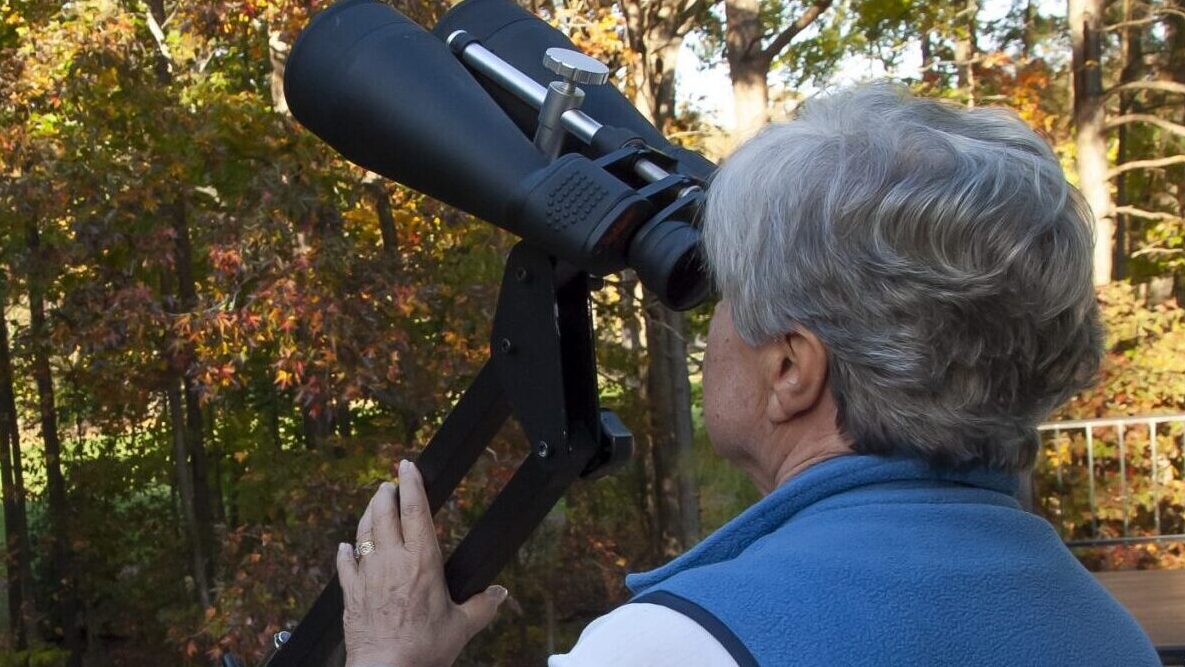
2 Responses
Binoculars are versatile tools that are used for a variety of activities like bird watching, sports events, and hunting. Their usability puts a massive impact on the fun and amusement of users. Due to certain benefits, the usage of binoculars is increasing.
In previous guides, we have talked about the different usability of binoculars. However, we have not guided you about how binoculars actually work. Many new outdoor activists ask how it is possible for binoculars to show us magnified images of the targeted objects.
So, this guide is going to remove all the confusion you have about the functionality of binoculars. Let’s wait no more time and dive into the main part of this article.
Glad to hear from you. Thanks for sharing your thoughts.
Katie